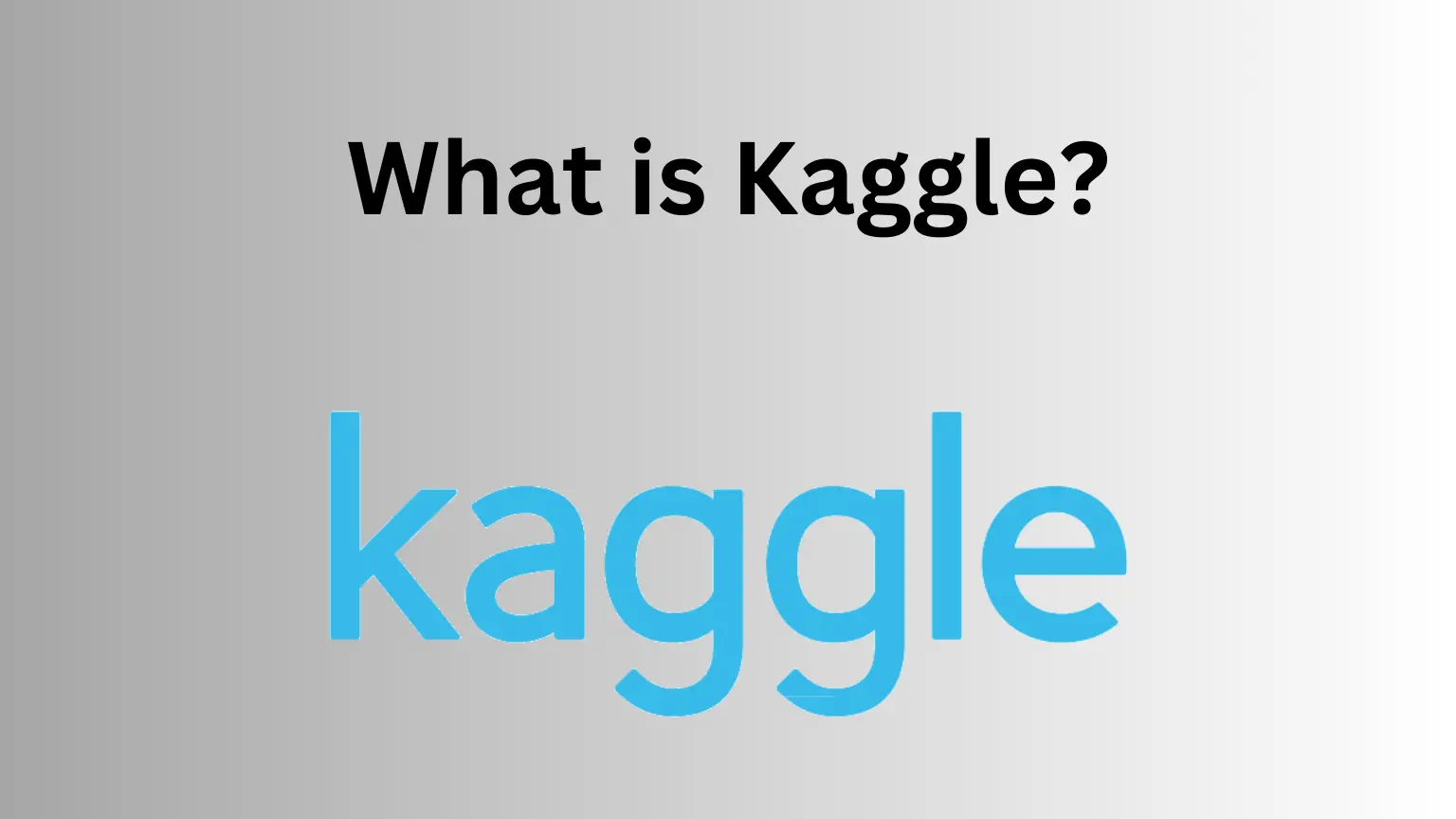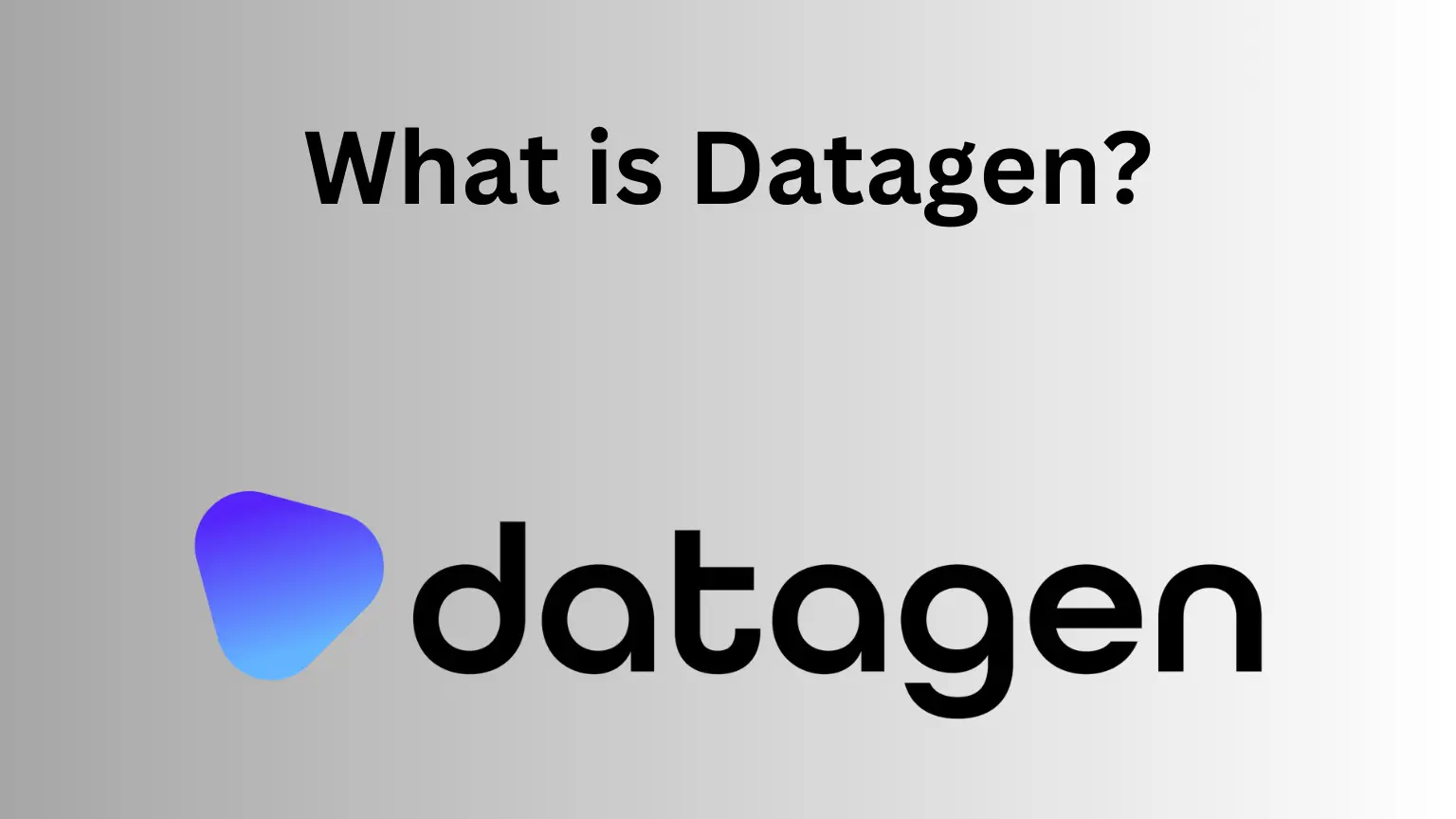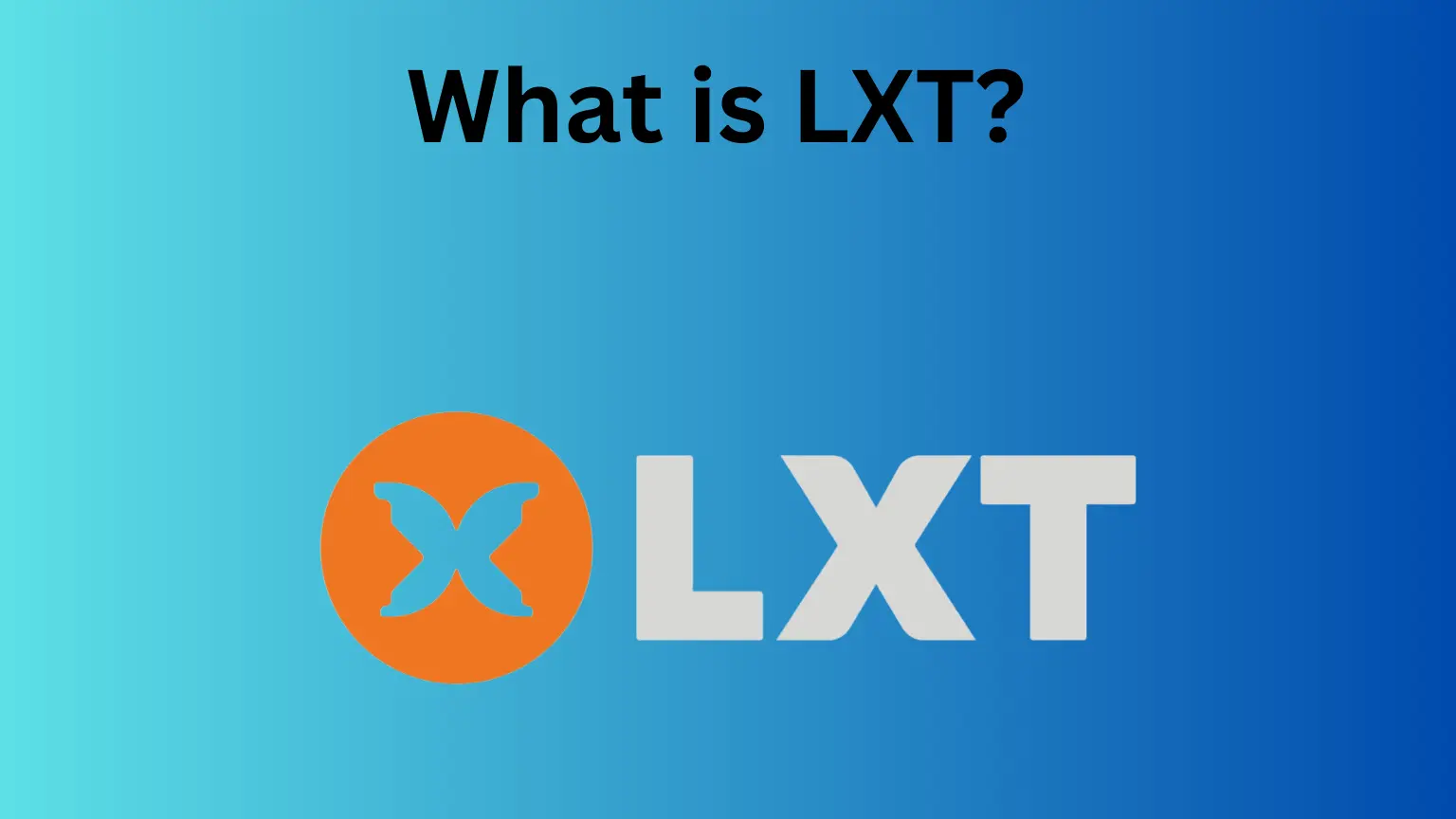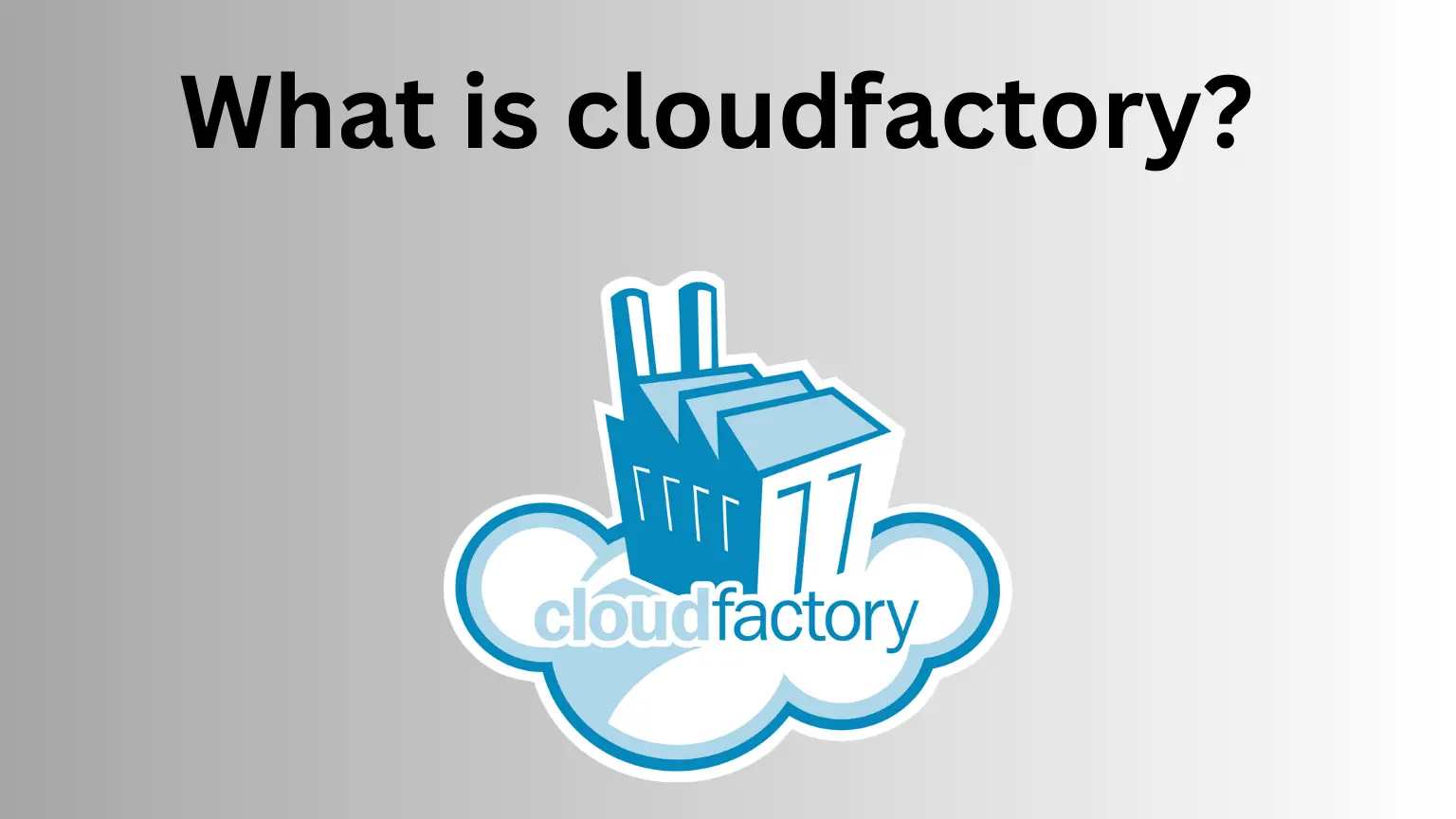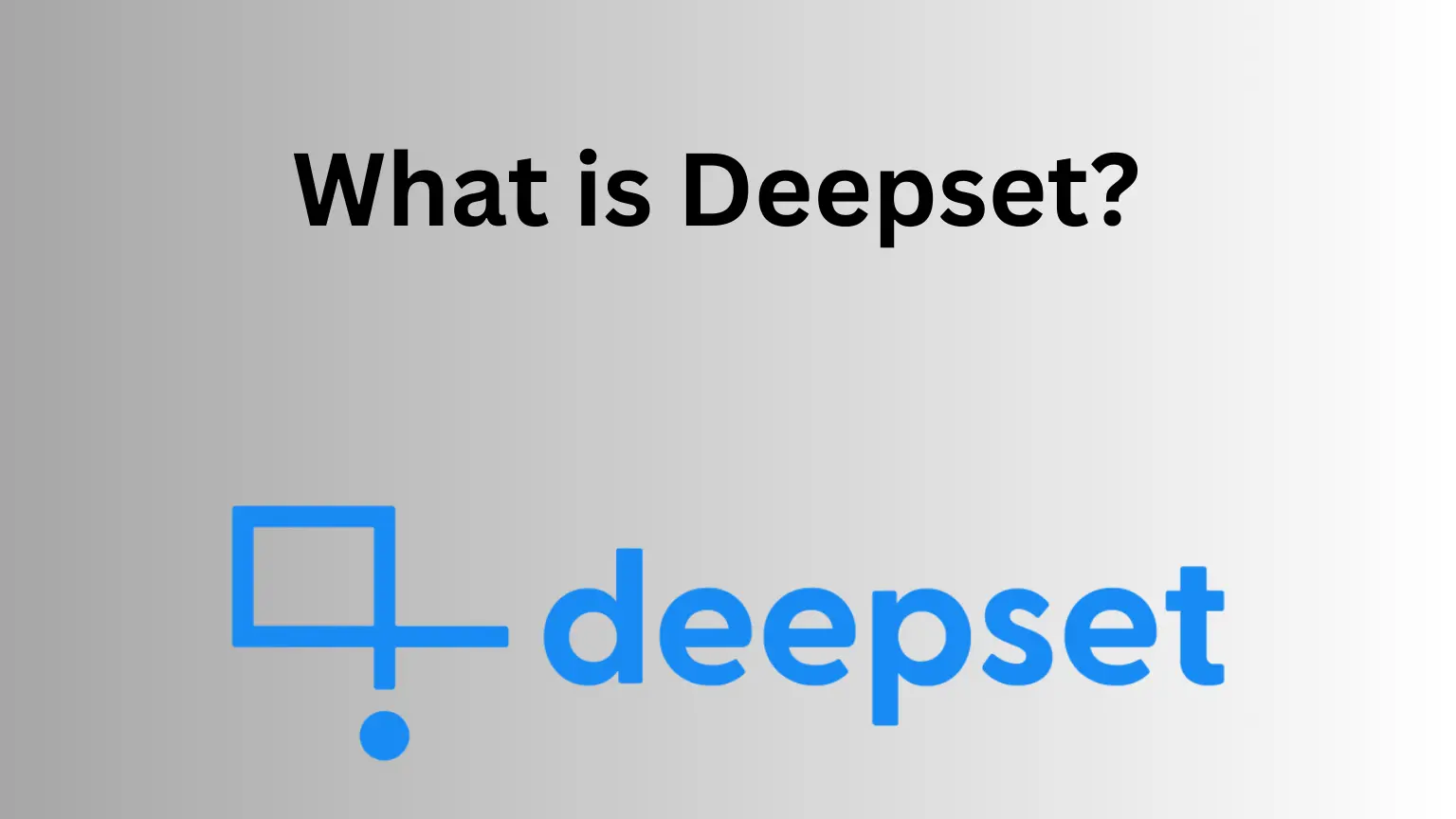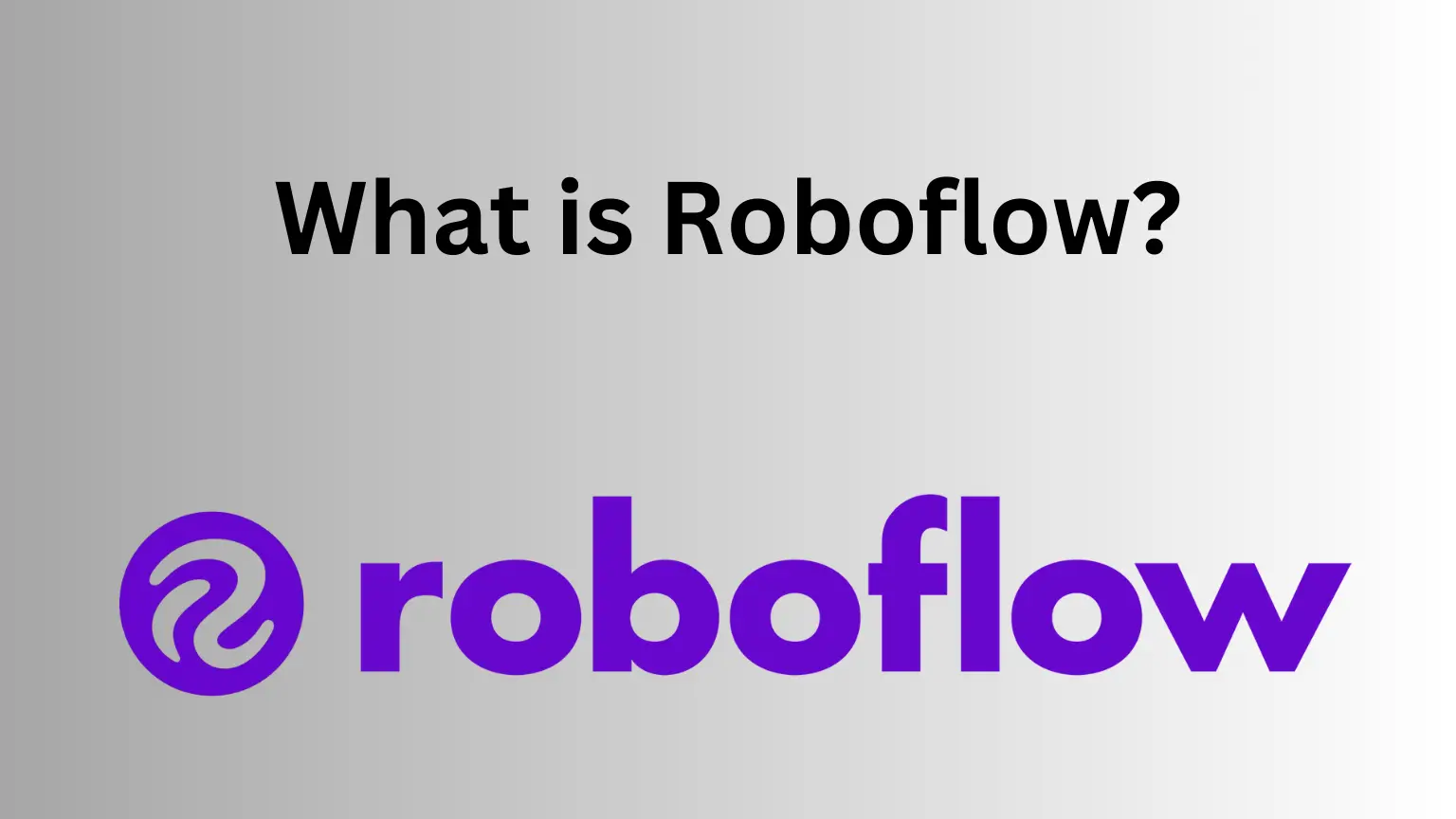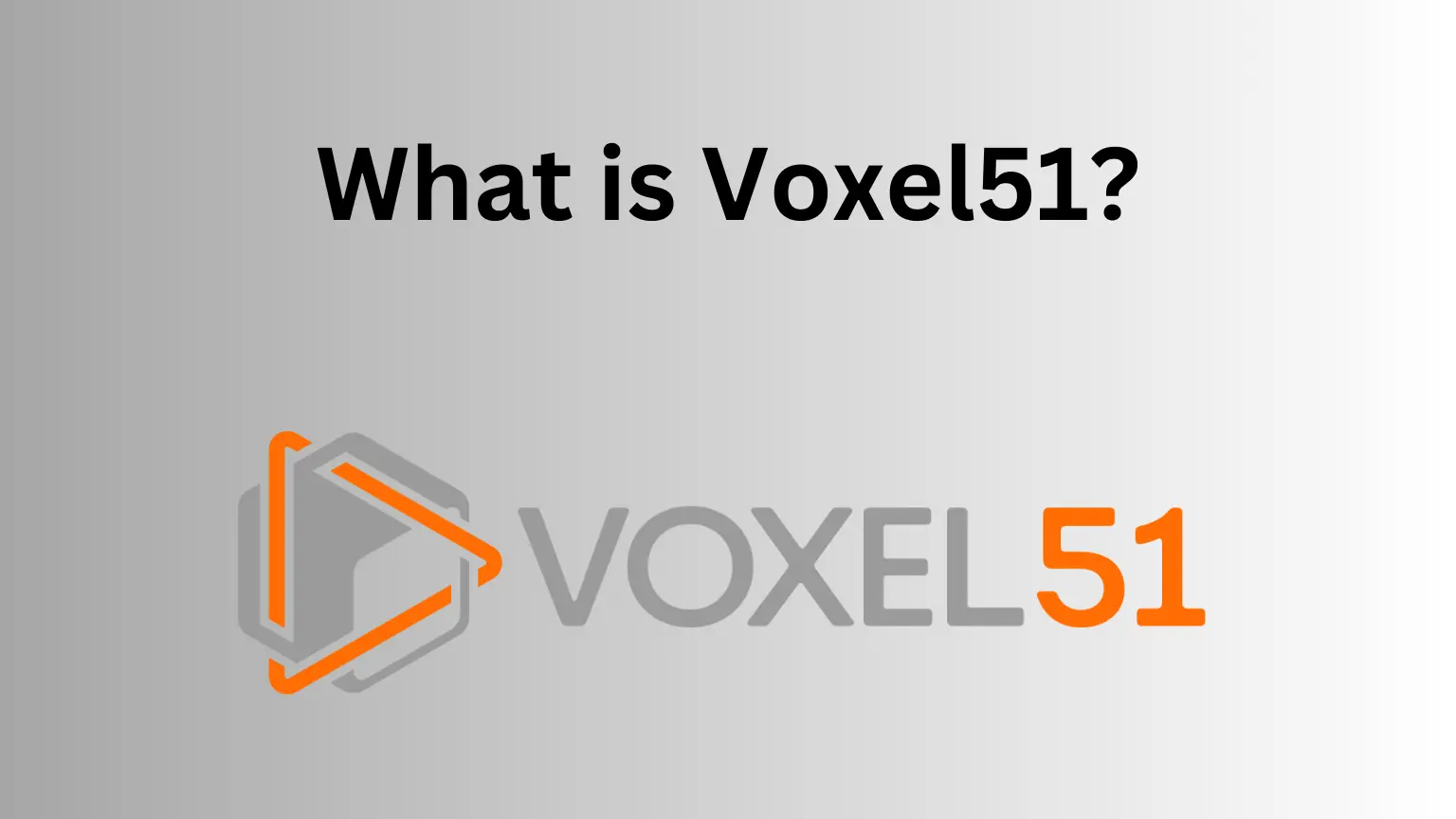Encord stands at the cutting edge of data annotation, merging precision with collaborative prowess. Step into a world where detailed annotations and intuitive design converge, redefining the landscape of research and AI training.
Background Story
Encord is a cloud-based platform that helps businesses leverage artificial intelligence (AI) technology and machine learning capabilities to build models and evaluate datasets on a centralized platform. The company was founded in 2020 by Eric Landau, who has a background in applied physics, and Ulrik Stig Hansen.
Hansen was working on a master’s thesis project at Imperial College London centered around visualizing large medical image data sets. It was Hansen who initially noticed how time-consuming it was to curate labeled data sets. This led to the creation of Encord, which aims to make it easier for businesses to develop, test, and deploy predictive and generative AI systems at scale.
Target Customers
Encord’s target customers are businesses that want to leverage AI and machine learning to unlock the value of their data. The platform is designed to be easy to use, with features that allow users to create high-quality training data, leverage active learning pipelines, assess model quality, fine-tune models, and more. The industries it majorly focuses on include:
- Healthcare
- Aerospace & Defense
- Computer vision
Encord is trusted by pioneering AI teams at RapidAI, Tractable, Stanford Medicine, Memorial, King’s College London, the NHS, the UHN, the Royal Navy, Veo, and many more global companies.
What is Databricks, Its Uses, Alternatives, Features, And More to Know
Capital Raised and Estimated Revenue
Encord has raised a total of $19.6M in funding over 3 rounds. Their latest funding was raised on Oct 13, 2021, from a Series A round. Encord is funded by 8 investors, with Harpoon and Crane Venture Partners being the most recent investors. The company has not disclosed its estimated revenue.
Products and Services
Encord offers a range of products and services that help businesses leverage AI and machine learning to unlock the value of their data. The platform is designed to be easy to use, with features that allow users to create high-quality training data, leverage active learning pipelines, assess model quality, fine-tune models, and more. Here are some of the key products and services offered by Encord:
Quality
- Labeler Quality
- Task Quality
- Data Quality
- Human-in-the-Loop
Automation
- Machine Learning Pre-Labeling
- Automatic Routing of Labeling
Image Annotation
- Image Segmentation
- Object Detection
- Object Tracking
- Data Types
Natural Language Annotation
- OCR
Speech Annotation
- Transcription
- Emotion Recognition
- Annotate: Efficiently label any visual modality and manage large-scale annotation teams with customizable workflows and quality control tools.
- Active: Test, validate, and evaluate your models and surface, curate, and prioritize the most valuable data for labeling to supercharge model performance.
- Apollo: Train, fine-tune, and manage proprietary and foundation models at scale for production AI applications.
- Accelerate: On-demand, specialized labeling services to help you scale.
Encord’s platform is designed to be flexible and customizable, allowing businesses to tailor their AI and machine learning workflows to their specific needs. The platform supports a wide range of data types, including image, video, DICOM, and SAR data. Encord also offers an API and Python SDK, making it easy for businesses to integrate the platform into their existing workflows.
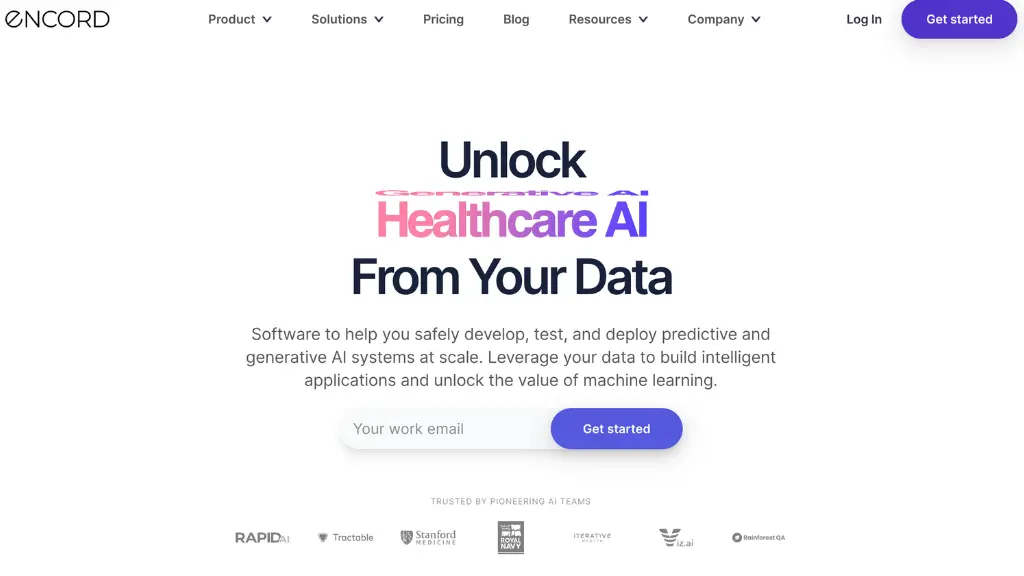
What is Voxel51 and What Is It Used For
Competitors
Encord’s biggest competitors are:
- Labelbox
- V7
- SAP HANA Cloud
- RapidMiner
- MATLAB
- Posit
- Alteryx
- Qubole
- Databricks Lakehouse Platform
- SuperAnnotate
Pros and Cons of Encord
Pros
User Experience
- Intuitive Interface: User-friendly and easy to navigate.
- Hotkeys: Speed up the annotation process.
- Auto-Saving Feature: Prevents data loss.
- Communication: Seamless communication between engineers and annotators.
Collaboration & Productivity
- Collaboration: Enhances annotation accuracy through features.
- Workflow Management System: Efficiently organizes and manages data for clinical ML workflows.
- Task Management & Automation: Simplifies complex workflows.
Annotation Tools
- Handles Large Taxonomies: Manages comprehensive labeling taxonomy.
- Granular Annotations: Deep level of granularity using ontologies.
- Range of Segmentation Tools: Wide variety including freehand drawing.
- Robust Annotation Interface: Quick and efficient annotation capabilities.
Technical & Integration
- Well-documented APIs: Ensures easy integration with other systems.
- DICOM File Support: Essential for radiological studies.
- Streamlined Data Pipelines: Allows seamless integrations via a flexible API.
- Integration with SAM: Seamless and cost-effective.
- Customizable Dashboards & Reports: Enhanced reporting capabilities.
Healthcare Focus
- Tailored Towards Healthcare: Specifically designed for healthcare applications.
- FDA Compliance: Ensures auditable data suitable for FDA clearance.
- Model Proof-of-Concept/Validation: Flexibility in model validation with human oversight.
Support & Documentation:
- Superior Support: Quick and effective support responses.
- Detailed Documentation: Comprehensive guides for users.
Cons
- Limited Customization: Lacks personalization options for hotkeys and tool settings.
- Bugs: Users encountered initial bugs with the new workflow feature (though these were sorted later).
- Lag and Latency: Some users faced occasional slow production due to these issues.
- Short Notice for New Releases: In-depth integration with pipelines made some users desire longer notice for updates.
- Web-based Limitations: Being web-based, the platform is susceptible to lag or latency issues due to internet connection.
- Learning Curve: Initial setup and learning might be a bit challenging due to some missing documentation.
- Lack of Certain Features: It does not currently support native model-assisted labeling on medical imagery.
- No Mobile App: Users can’t access the platform on mobile devices.
- Incomplete SDK: Some users found that a few functions were missing from the Python SDK compared to the API


